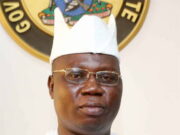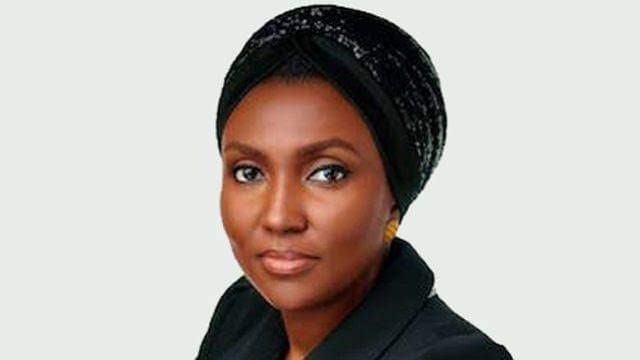The Federal Government on Tuesday reiterated its resolve towards ensuring effective implementation of the National Disaster Risk Reduction and Action Plan in Nigeria, stressing the urgent need to transform the country’s disaster management approach from reactive response to proactive, preventive, and resilient systems.
The Director General of National Emergency Management Agency, Mrs. Zubaida Umar, gave the assurance in Abuja during the final validation workshop on developing National Strategy for Disaster Risk Reduction Strategy (2025-2030) and Action Plan (2025–2028), jointly organised by NEMA in conjunction with the African Union Commission, and the United Nations Development Programme under the Sahel Resilience Project.
Umar, who was represented by the Director of Disaster Risk Reduction, Dr. Ishaya Chonoko, affirmed that Nigeria, like many nations, continues to face increasing risks from natural hazards, pandemics, conflicts, environmental degradation, and the worsening impacts of climate change.
She said, “These risks pose threats not only to lives and livelihoods, but also to sustainable national economic development, peace, and security.
The National DRR Strategy (2025-2030) and Action Plan (2025–2028) are therefore a timely and necessary strategic document designed to strengthen and institutionalise resilience across critical sectors of the country.
“It is anchored on the Sendai Framework for Disaster Risk Reduction, while aligning with Nigeria’s and other global commitments. The strategy provides a coordinated, inclusive, and forward-looking approach to reduce disaster risks, adapt to climate change, and safeguard our development gains.
This validation workshop will offer us a unique platform to collectively interrogate, refine, and affirm the roadmap for advancing DRR in Nigeria over the next five years. We must be inclusive and strategic in our inputs to ensure that this strategy becomes a truly actionable tool that empowers institutions, protects communities, and ensures no one is left behind.”
While underscoring the need for collaboration between government, communities, private sector actors, academia, civil society, and development partners, she expressed optimism that Nigeria can transform Nigeria’s disaster management approach from one that is reactive to one that is proactive, preventive, and resilient. The National DRR Strategy (2025–2030) is our roadmap to achieve this transformation,” she added.
On her part, UNDP Nigeria Resident Representative, Ms. Elsie Attafuah, said the National Disaster Risk Reduction Strategy is a blueprint for action.
She expressed optimism that the policy document will guide the efforts to reduce disaster risks, protect lives and livelihoods and ensure no community is left behind.
“Once validated, the strategy will drive measurable actions at all levels. It will enable the integration of multi-hazard risk assessments into planning, strengthen impact-based early warning systems, improve institutional coordination, build community capacity, and embed inclusivity—particularly for vulnerable groups. Achieving this ambition calls for strong political will, technical expertise, and strong partnerships,” she added.
Attafuah, who was represented by the National Coordinator, UNDP GEF Small Grants Programme, Mrs. Ibironke Olubamise, disclosed that UNDP, through her GEF Small Grants Programme, has supported over 220 community environmental initiatives in over 240 communities in 30 states in Nigeria.
“Recent assessments from the National Disaster Loss and Damage Database, being developed through UNDP’s Sahel Resilience Project under NEMA’s leadership, have documented over 45,000 disaster incidents nationwide, covering 23 priority hazards. This data is for evidence-based planning and targeted resilience building.
We remain committed to supporting national efforts by providing relevant geospatial data, early warning tools, and satellite-based monitoring to enhance disaster risk governance and informed decision-making,” he said.


















